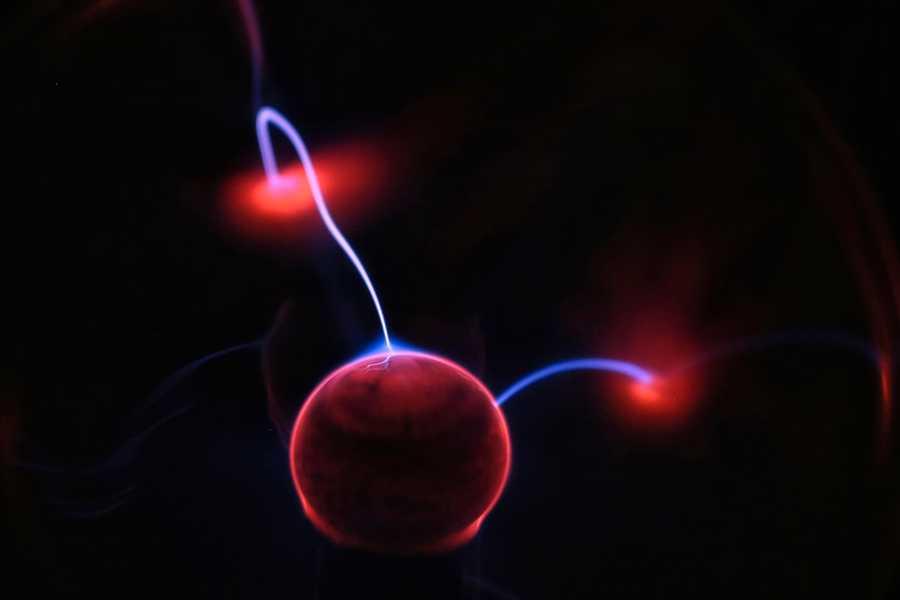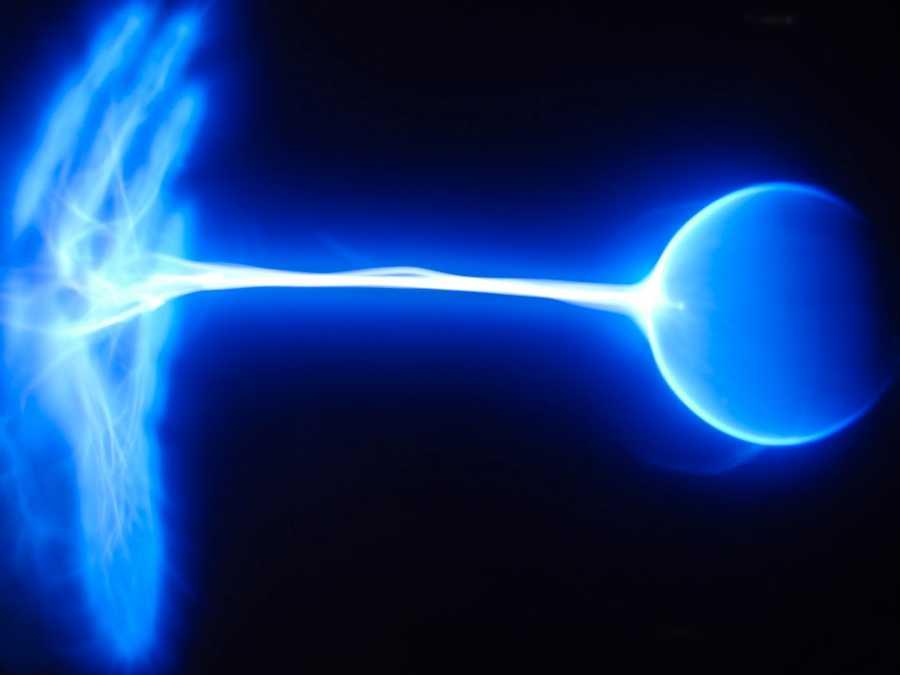Conclusion
"We're pushing to the most extremes in fluid dynamics,” Noronha-Hostler says. “Not only do we have something that is moving at the speed of light and at the highest temperatures known to humanity, but it looks like we are going to be able to answer ‘What is the smallest droplet of a liquid?’ No other field can do that.”
If photonuclear collisions are creating quark-gluon plasma, it’s in the form of a tiny droplet composed of a few vaporized protons and neutrons.
Scientists are hoping to study these droplets to learn more about how liquids behave on subatomic scales.
6
9 reads
CURATED FROM
IDEAS CURATED BY
I owe my originality to a technical clusterfuck of emotions driven by angst and my dad's radio.
The idea is part of this collection:
Learn more about personaldevelopment with this collection
How to apply new knowledge in everyday life
Why continuous learning is important
How to find and evaluate sources of knowledge
Related collections
Similar ideas to Conclusion
Conclusion
Philosophical Atomism led to the development of early scientific atomic theory, modern science has shown that atoms in the chemical sense are actually composed of smaller particles (electrons, neutrons and protons), and that these in turn are composed of even more fundamental particles called qua...
The Photons Having A Moment
When two lead nuclei collide at high energy inside the LHC, the gluons can lose their grip, causing the protons and neutrons to melt and merge into a quark-gluon plasma. The now-free quarks and gluons pull on each other, holding together as the plasma expands and cools.
Ev...
Read & Learn
20x Faster
without
deepstash
with
deepstash
with
deepstash
Personalized microlearning
—
100+ Learning Journeys
—
Access to 200,000+ ideas
—
Access to the mobile app
—
Unlimited idea saving
—
—
Unlimited history
—
—
Unlimited listening to ideas
—
—
Downloading & offline access
—
—
Supercharge your mind with one idea per day
Enter your email and spend 1 minute every day to learn something new.
I agree to receive email updates

